In an effort to assess the primate species and other wildlife in the Pu Hoat Nature Reserve (Nghe An), forest rangers have deployed digital camera traps, which have successfully captured remarkable images of rare and endangered animals.
Nguyen Van Manh, Head of the Department of Science and International Cooperation at the Pu Hoat Nature Reserve, explained that this reserve is one of three core zones of the Western Nghe An Biosphere Reserve.
Known for its high biodiversity, the reserve has been recognized by both domestic and international organizations for its rich variety of flora and fauna, many of which are critically endangered.
The reserve boasts 2,425 species of plants, belonging to 885 genera and 208 families, with 130 species considered at risk of extinction, 112 of which are listed in Vietnam’s Red Book.
As for wildlife, 1,315 species have been documented, distributed across 221 families and 56 orders. Of these, 199 species are threatened to various degrees, with 91 listed in Vietnam’s Red Book. To capture nocturnal and elusive animals that are sensitive to human presence, rangers strategically placed camera traps throughout the reserve.
Among the species recorded by the camera traps is the white-cheeked gibbon (male), photographed in Thong Thu commune, Que Phong district. This species is considered highly endangered, and its presence in the area confirms the effectiveness of the reserve’s conservation efforts.
Manh highlighted the importance of camera traps in monitoring biodiversity, as they provide essential evidence of the presence of rare animals, including those listed in both Vietnam’s Red Book and the IUCN Red List of Threatened Species. The images captured also help identify threats to biodiversity and inform management and conservation strategies.
The images captured by the camera traps serve as valuable documentation for the reserve, aiding in efforts to promote awareness and highlight the importance of protecting these endangered species from poaching and habitat destruction.
In addition to using technology for monitoring, the Pu Hoat Nature Reserve regularly sends teams to local villages to educate the community about the rare species inhabiting the area and the importance of protecting them. Each year, around 30 to 40 community outreach trips are organized to raise awareness.
The reserve also carries out wildlife rescue operations, frequently rehabilitating and releasing wild animals back into their natural habitat.
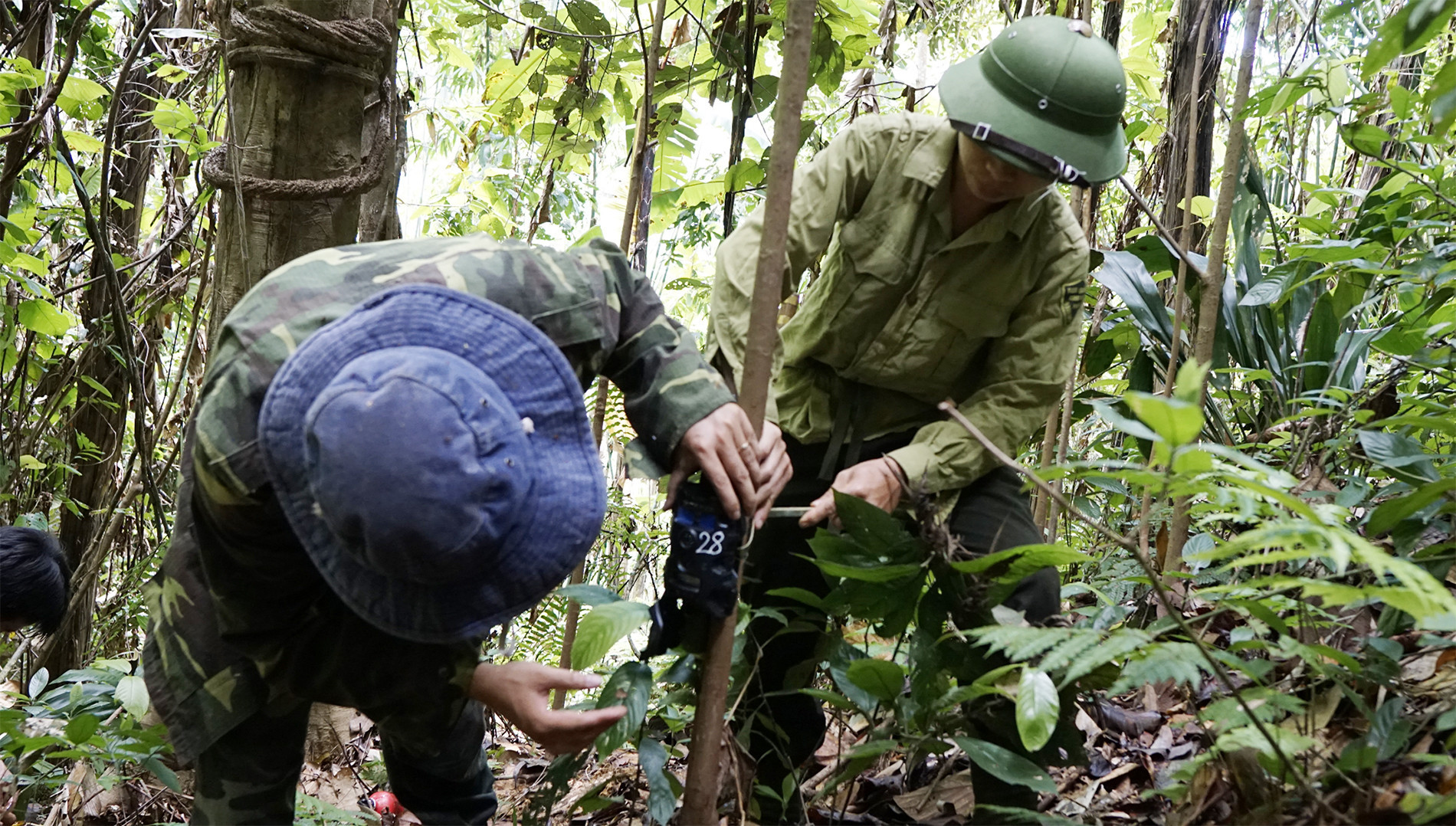
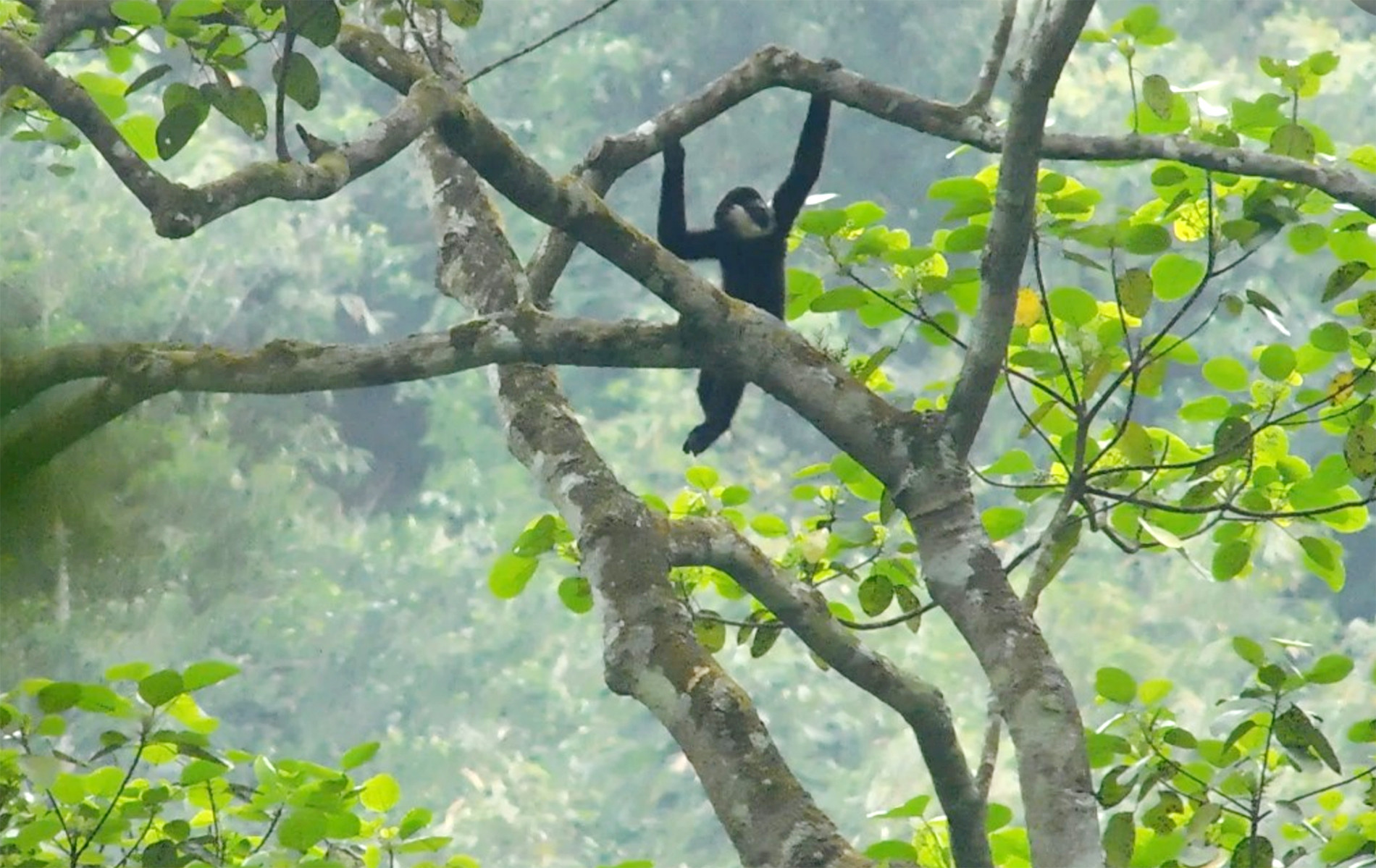
 |
 |
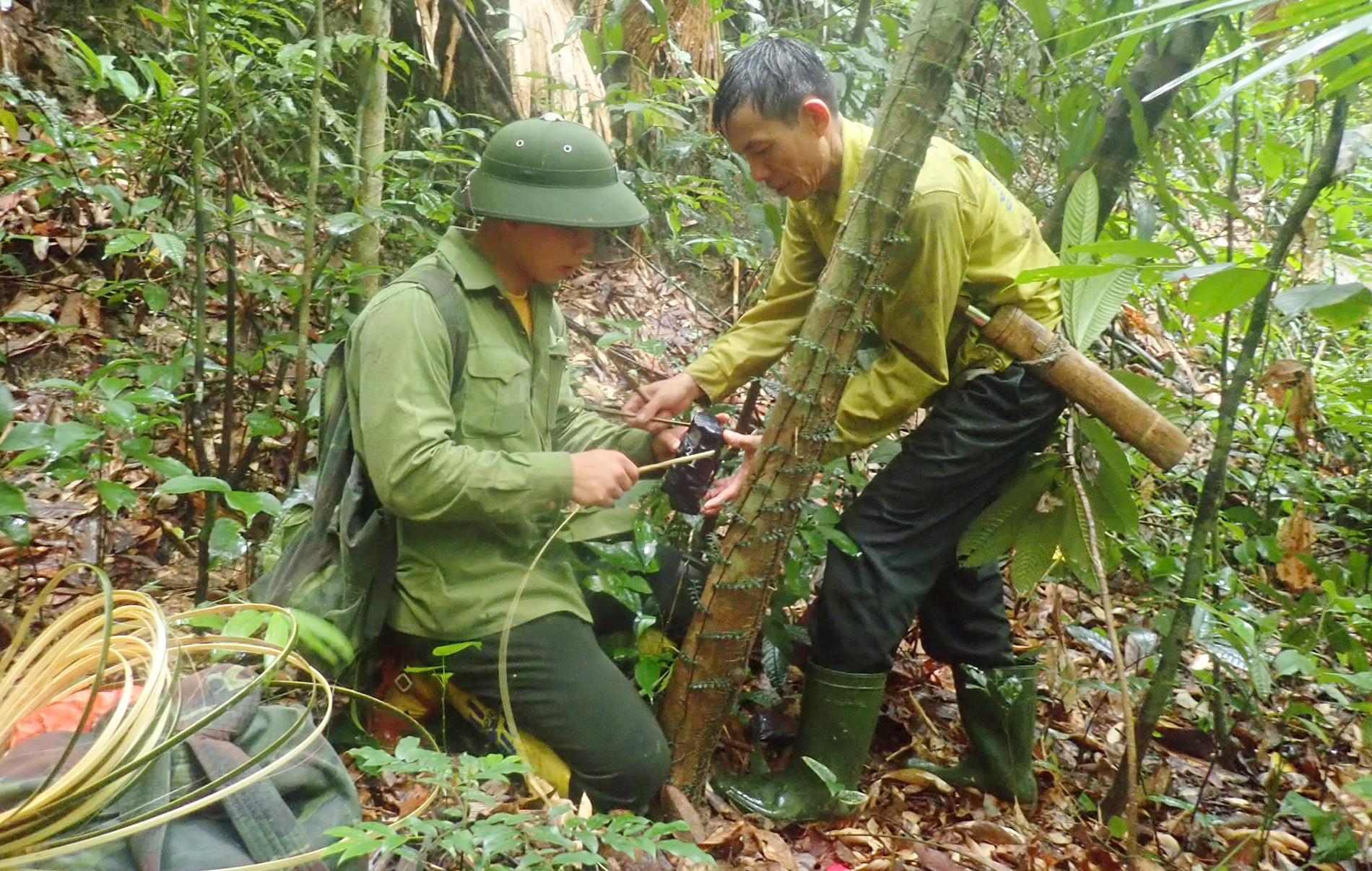
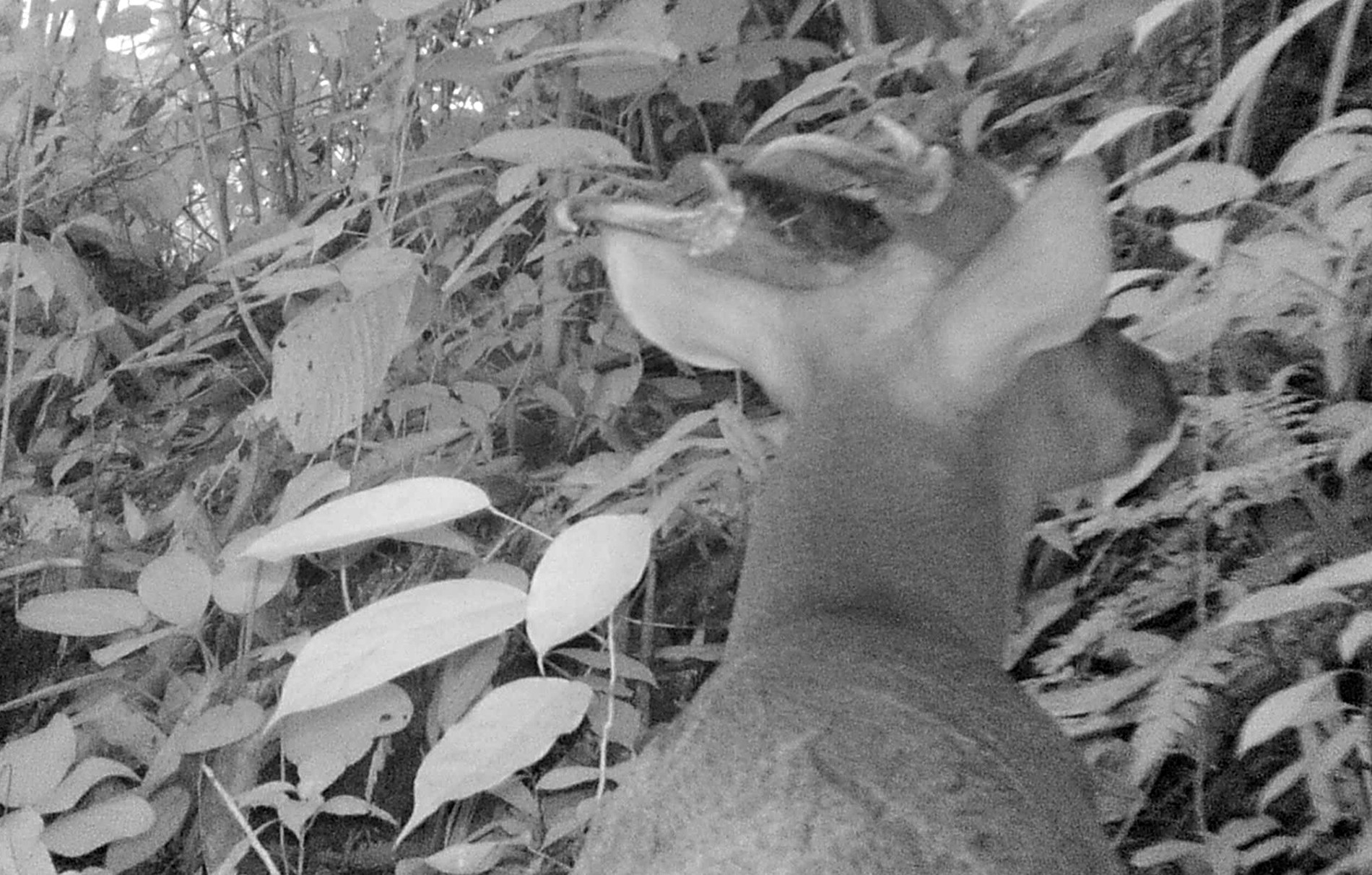
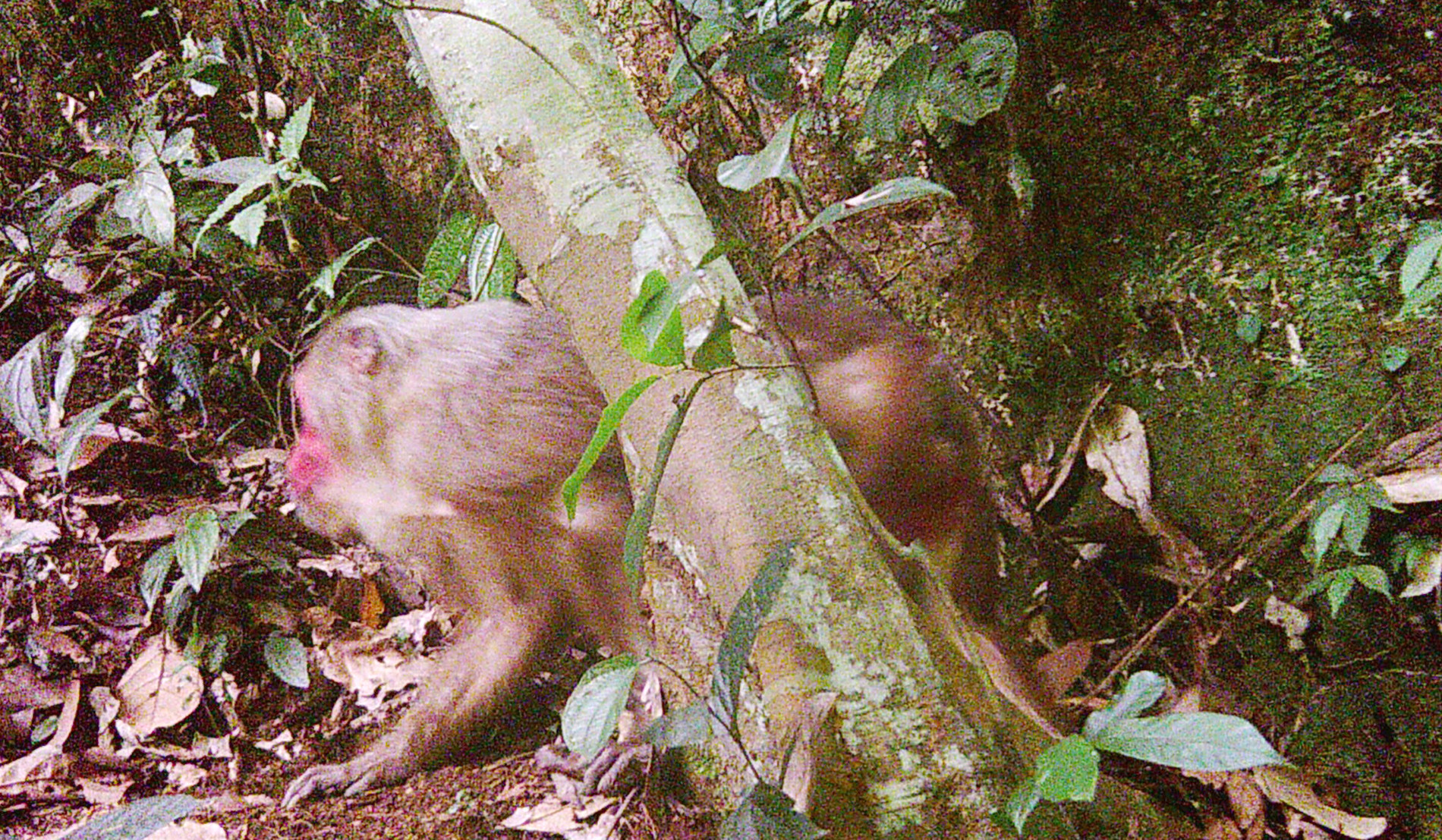

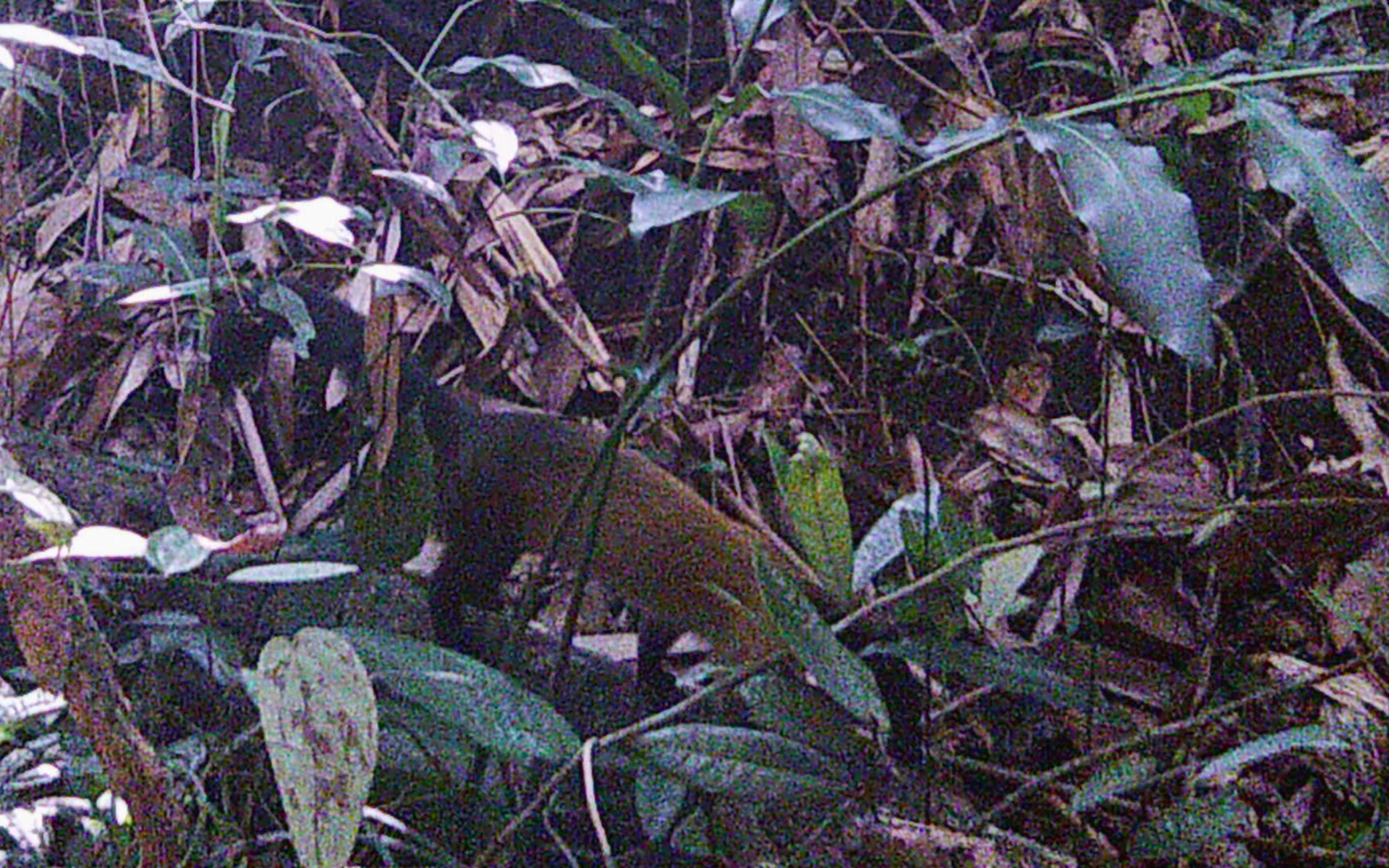
Photos: Pu Hoat Nature Reserve